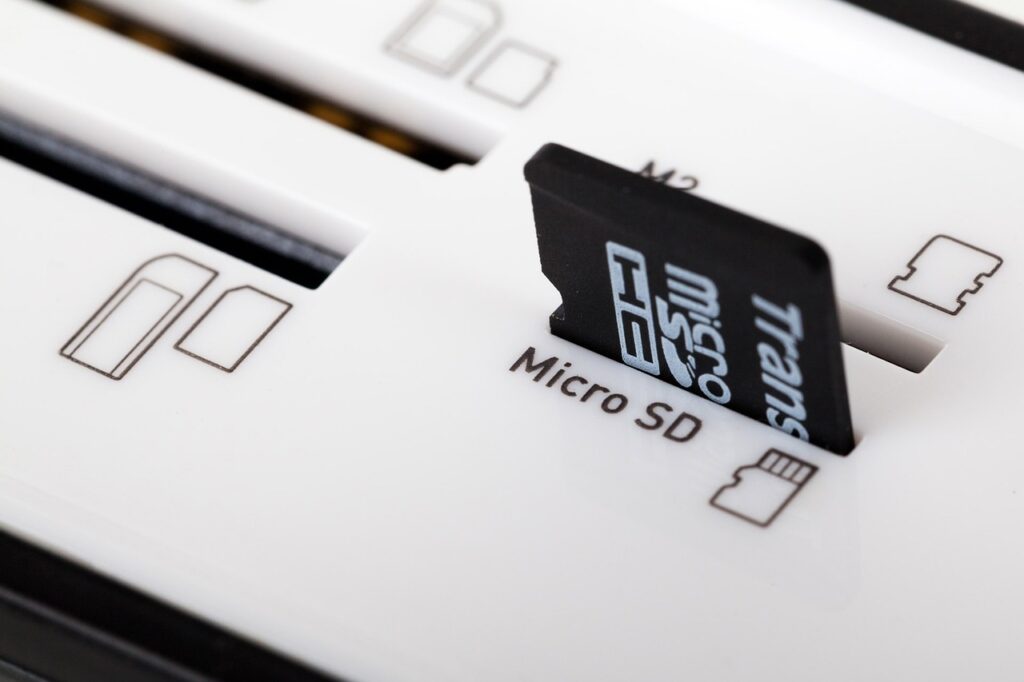CompactFlash (CF) cards have been a stalwart in the realm of digital storage, providing reliable and high-capacity solutions for a variety of electronic devices. This note delves into the intricacies of CompactFlash cards, their features, applications, and notable considerations.
Understanding The CompactFlash Cards
Compact Flash cards are a kind of flash memory storage that are mostly found in embedded systems, industrial machinery, and digital cameras. Their resilience, high capacity, and quick data transfer speeds are well known.
Types of CompactFlash Cards
Type I: These cards have a thickness of 3.3mm and are commonly used in consumer electronics like digital cameras.
Type II: With a thickness of 5mm, Type II CompactFlash cards are often utilized in more specialized applications, including industrial equipment and embedded systems.
Capacity and Speed
Capacity: CompactFlash cards offer varying storage capacities, ranging from a few megabytes to several hundred gigabytes. This flexibility makes them suitable for storing anything from small data sets to large multimedia files.
Speed Ratings: CompactFlash cards are classified by their read and write speeds, typically denoted as “x” speed ratings (e.g., 100x, 600x). Higher “x” ratings indicate faster data transfer rates, which are crucial for applications requiring rapid data capture and processing.
Applications of CompactFlash Cards
Digital Photography: CompactFlash cards have long been favored by professional photographers and enthusiasts for their high capacity and reliability. They can store thousands of high-resolution images and support rapid continuous shooting.
Industrial and Embedded Systems: The robust design and wide temperature tolerance of CompactFlash cards make them well-suited for use in industrial equipment, medical devices, and embedded systems where durability and reliability are paramount.
Audio Recorders and Music Equipment: Some audio recorders and music equipment utilize CompactFlash cards for recording and storing high-quality audio files, offering ample storage space for lengthy recordings.
Advantages of CompactFlash Cards
- Durability: CompactFlash cards are extremely robust in demanding environments since they are designed to endure shocks, vibrations, and severe temperatures.
- Compatibility: A wide variety of devices are guaranteed to work with CompactFlash cards because they are widely compatible with them, especially older digital cameras and industrial equipment.
Considerations for CompactFlash Card Usage
Form Factor: Ensure compatibility with your device’s CompactFlash slot, considering whether a Type I or Type II card is required.
Speed Requirements: Choose a CompactFlash card with an appropriate speed rating based on the demands of your application, such as high-speed continuous shooting in photography.
Reliability: Opt for reputable brands known for producing reliable and high-quality CompactFlash cards to minimize the risk of data loss or corruption.
Conclusion
Compact Flash cards continue to be a well-liked option for both enthusiasts and professionals because of their high capacity, robust design, and interoperability with a variety of devices. Users may confidently use CompactFlash cards to meet their storage demands by being aware of their characteristics, applications, and crucial factors.

